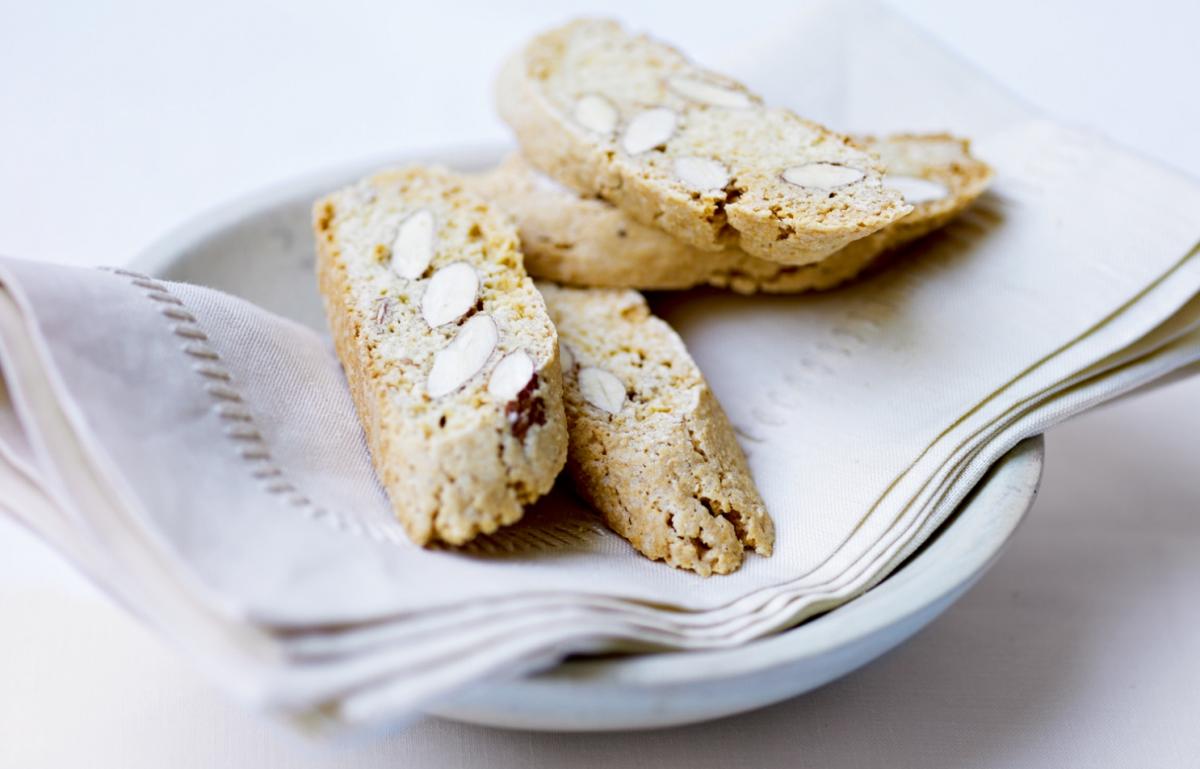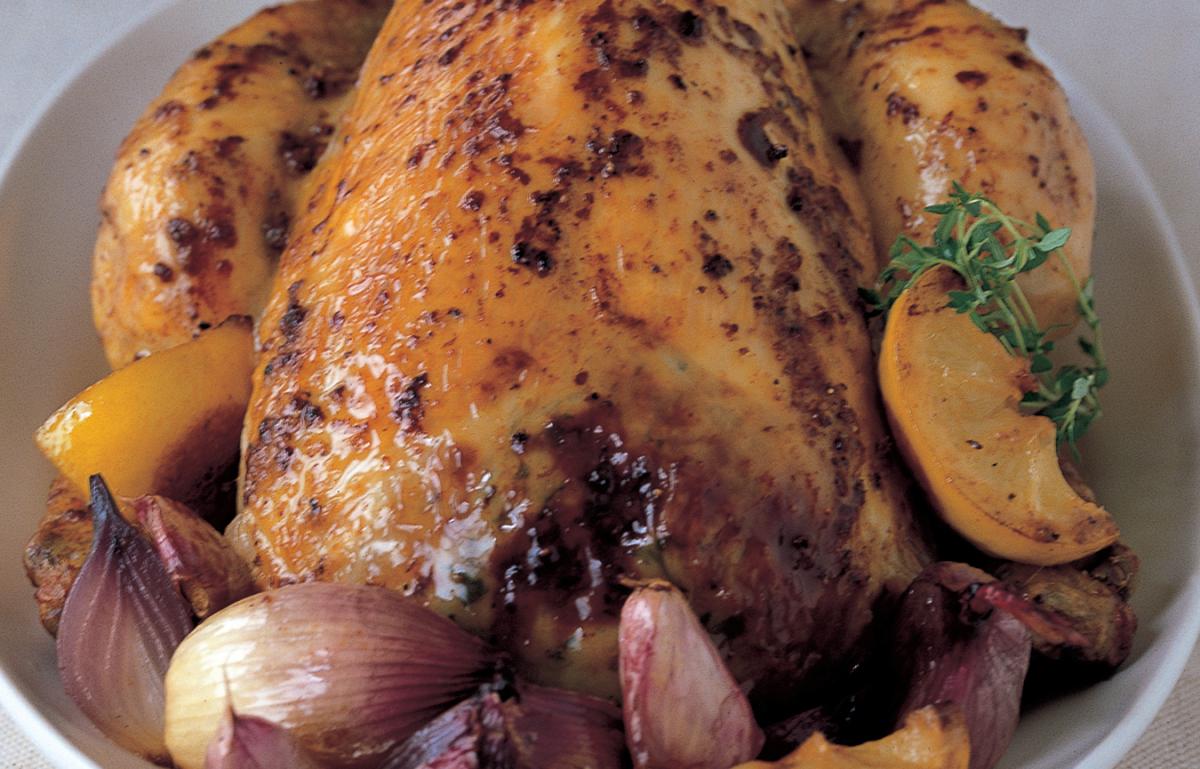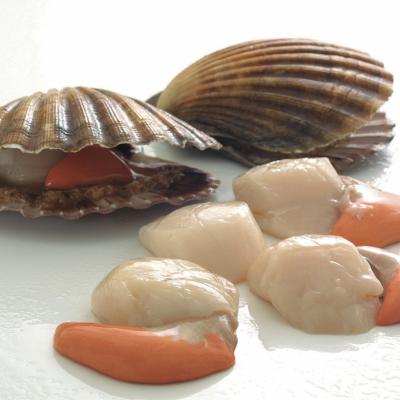


Scallops with their bright orange roes come in decorative shells. The fish itself sits on a flat fan-shaped shell and is enclosed by a similar concave one (the one scallops are traditionally served in).
This curved shell has become a religious and cultural symbol: the shrine of St James the apostle at Compostella in Spain has adopted the scallop shell as its emblem, and scallops themselves have been named after the saint – hence Coquilles St Jacques.
Scallops are a great delicacy, and in fact some of the best scallops in the world come from British waters, off the Isle of Man, and the Cornish and Irish coasts.
Large king scallops with their bright orange coral attached, cook very quickly, the corals taking only a few seconds, so they are usually removed and added to the pan shortly before serving. Smaller scallops, often called queenies, taste just as good.
China Bay scallops, which come white part only, are perfectly bite sized. Either way, scallops are a great delicacy and it's wonderful that they're now so easily available.
When you're buying scallops, as with other shellfish, it's obviously best to buy them as fresh as possible (ie live in the shell); if their shells are closed you can be sure they're fresh. Don't worry if you're nervous about these things, the fishmonger will open and clean them ready for you. Some shops sell scallops already prepared, in which case you'd do well to make sure they look plump, firm and upright. If scallops look at all sad and soggy, then they've probably been prepared rather too long ago.
An acceptable alternative to fresh scallops are the frozen ones – not so good, of course, but better than none.
Follow us Like us on Facebook Follow us on twitter Follow us on instagram Follow us on pinterest Follow us on youtube
© 2001-2024 All Rights Reserved Delia Online